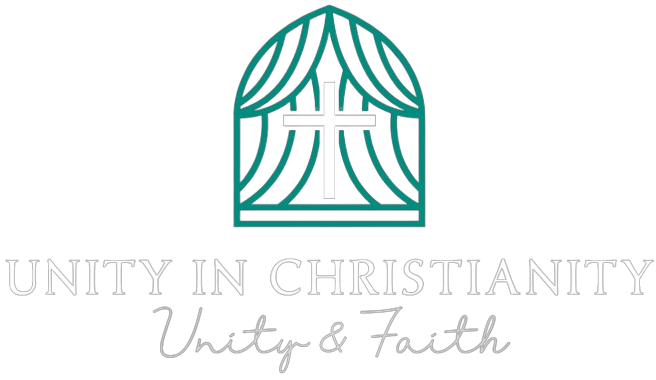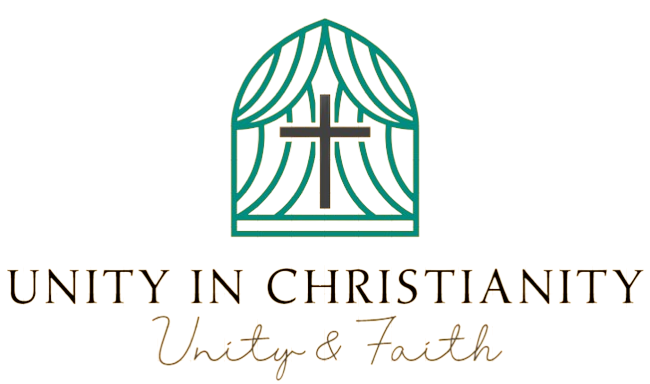Synod spent most of yesterday debating the longer term of safeguarding and despite the clear lead offered by the Archbishop, the Lead and Assistant Lead Bishops for Safeguarding, the Independent Co-Chair of the Safeguarding Response Group, and the Second Church Estates Commissioner, they selected to not commit themselves to creating fully independent safeguarding structures.
Mr Martin Sewell, a lay member of General Synod, said afterwards, “Today’s decision will feel like a ‘gut-punch’ to many within the survivor community and the individuals who supported them.”
It was a view, echoed by Rt Rev Joanne Grenfell, the Lead Bishop for Safeguarding, who told reporters, “We have missed the chance to say unequivocally to victims and survivors today that we hear their concerns about trust and confidence within the Church.”
Synod was asked to determine on a ‘direction of travel’ – to determine whether independent scrutiny of safeguarding decisions was sufficient (leaving each day operations within the hands of the 84 diocesan, cathedral and other church bodies) or whether to aim for a recent independent body, who would employ, oversee and operate safeguarding on the bottom).
They selected to do each, type of, despite being told by those that had spent the last 12 months working on the project that such an approach would take longer, be more complicated and fewer effective.
Faced with the necessity for radical change, it seems that Synod stayed of their comfort zone, allowing for independent scrutiny, while only promising to speak about introducing operational independence in the longer term. The Bishop of Blackburn, who proposed the half-way house approach, told reporters that Synod had made “a really strong gesture within the direction of greater independence in safeguarding”.
But in any case the scandals and safeguarding failures is one other ‘gesture’ enough?
The Bishop of Rochester, Rt Rev Jonathan Gibbs, who was Lead Bishop for Safeguarding from 2020 to 2023, suggested that it wasn’t the structures themselves that may make the largest difference to the longer term of safeguarding.
“To rework a well-worn phrase,” he said, “‘culture eats structure for breakfast’. It wasn’t poor structures that prevented the leaders of the Iwerne camps from reporting John Smyth. It wasn’t poor structures that led to such a woefully inadequate response to victims after they got here forward – and it is not poor structures that result in bishops and others not putting victims and survivors on the centre of their focus when making decisions about safeguarding. No, it’s culture, most of all a culture focused on the institution of the Church. A culture that’s so subtle and so powerful that at times we do not even understand it’s happening.”
Yesterday’s vote would suggest that the need to guard the institution of the Church won again. As Martin Sewell explained, “For all of the pious rhetoric about listening to survivors Synod discounted them, preferring a final minute compromise which got here without preparation, or consultation; the interests of the supplier class outweighed those of the consumers – each survivors of abuse and clergy that suffer inside bad safeguarding process.”


